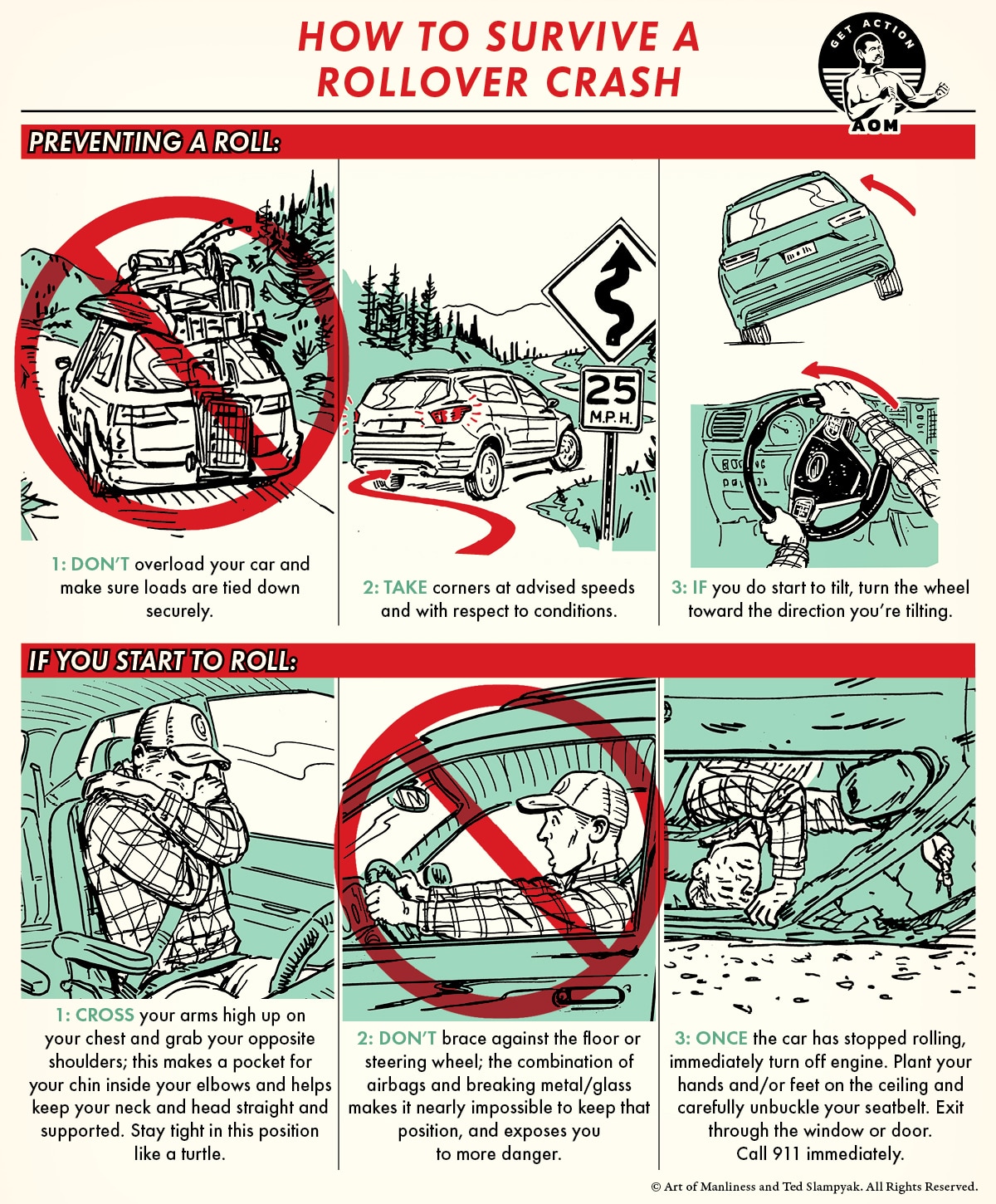Every year, millions of car accidents play out on our roads. In 2017, nearly two million people were injured in crashes and over 34,000 people died. Fortunately, today’s cars are safer than they ever have been and a higher percentage of people are walking away from collisions that would have put them in the hospital just a few decades ago.
Yet even with safer cars, accidents with serious consequences still happen. This is particularly the case with rollover crashes.
Rollovers, as the name implies, occur when a car flips over. While rollover crashes aren’t super common, they are disproportionately dangerous: while only about 2% of auto accidents involve a rollover, they account for 35% of all traffic fatalities.
Three-fourths of rollover accidents are single vehicle crashes, and they’re frequently the result of driver error — recklessness, carelessness, or drowsiness.
According to the National Highway Traffic Safety Administration, “Drivers of rollover vehicles tend to be males, under 40 years old, driving on two-way roads without dividing barriers.” 40% of fatal rollover crashes involve speeding, and 70% occur on roads with a speed limit over 55 mph.
Other risk factors include driving a vehicle with a higher center of gravity (like vans, trucks, and SUVs) which are far more likely to roll, driving in adverse weather conditions or on uneven terrain, and driving on tires with poor tread. 75% of all rollovers happen on rural roads, and 95% of single car rollovers occur because a car slides and “trips” on soft dirt, a guardrail, a curb, or another obstruction.
The best way to survive a rollover accident is thus to prevent one from happening at all by driving safely. If a rollover does still happen to you, there are split-second decisions you can make that can improve your chances of walking away from the crash. Rehearse and practice the methods described above, so they become second nature and automatic if you do end up in a rollover accident. Hopefully, you’ll never have to use these skills.
Preventing a roll:
1: Don’t overload your car and make sure loads are tied down securely.
2: Take corners at advised speeds and with respect to the conditions.
3: If you do start to tilt, turn the wheel toward the direction you’re tilting.
If you start to roll:
1: Cross your arms high up on your chest and grab your opposite shoulders; this makes a pocket for your chin inside your elbows and helps keep your neck and head straight and supported. Stay tight in this position like a turtle.
2: Don’t brace against the floor or steering wheel; the combination of airbags and breaking metal/glass makes it nearly impossible to keep that position, and exposes you to more danger.
3: Once the car has stopped rolling, immediately turn off engine. Plant your hands and/or feet on the ceiling and carefully unbuckle your seatbelt. Exit through the window or door. Call 911 immediately.
Thanks to Wyatt Knox at Team O’Neill Rally School in New Hampshire for consulting on this post.
Tags: Cars


